Agent Effort Score AES Explained for 2025 Success
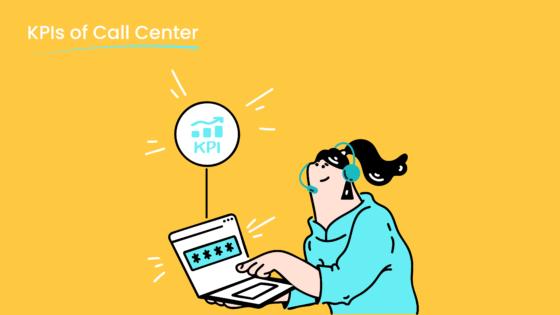
Agent effort score (AES) evaluates how much effort agents put into resolving customer issues. Unlike traditional metrics, AES focuses on the agent's journey, identifying obstacles that may hinder efficiency. This metric has become essential for businesses aiming to excel in customer service by 2025.
Why does AES matter? Studies reveal that 96% of customers facing high-effort interactions become disloyal, while only 9% feel the same after low-effort experiences. Additionally, improving agent satisfaction can boost customer satisfaction scores by 62%. By prioritizing AES, you can enhance agent performance, streamline processes, and elevate customer experiences.

Sobot, a leader in intelligent contact center solutions, empowers businesses to track and improve AES effectively. Tools like Sobot's Voice/Call Center provide real-time insights, helping you create a seamless support environment.
Understanding Agent Effort Score (AES)
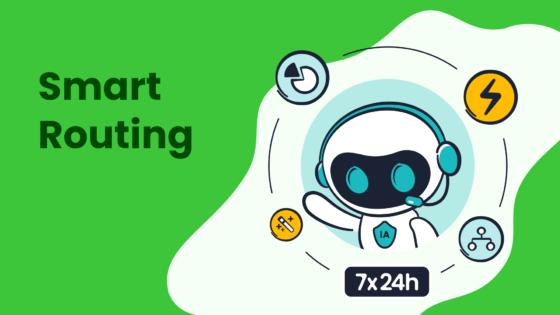
What is Agent Effort Score?
Definition and significance in customer service
Agent Effort Score (AES) measures how easily agents can resolve customer issues. It evaluates the challenges agents face during interactions, such as accessing customer data or navigating complex systems. A low AES indicates obstacles that hinder efficiency, while a high AES reflects smooth workflows and empowered agents.
Improving AES directly impacts customer experience management. Studies show that reducing agent effort enhances agent satisfaction, which can increase customer satisfaction scores by up to 62%. This metric also helps businesses identify inefficiencies, enabling them to optimize processes and improve overall service quality.
How AES differs from traditional metrics like CSAT and NPS
Unlike Customer Satisfaction (CSAT) and Net Promoter Score (NPS), which focus on customer feedback, AES centers on the agent's perspective. CSAT measures how satisfied customers feel after an interaction, while NPS gauges their likelihood to recommend a brand. AES, however, identifies the internal factors affecting agent performance.
For example, while CSAT might reveal dissatisfaction, AES pinpoints whether agents struggled due to outdated tools or unclear workflows. By addressing these issues, you can improve both agent and customer experiences simultaneously.
Why AES is a game-changer for customer experience
The role of agent effort in shaping customer perceptions
Agent effort plays a critical role in customer experience management. When agents work efficiently, customers perceive the service as seamless and professional. Conversely, high agent effort often leads to delays or errors, frustrating customers and damaging their trust in your brand.
Research highlights this connection. A Gartner study found that 96% of customers who experience high-effort interactions become disloyal. By reducing agent effort, you not only enhance agent satisfaction but also foster long-term customer loyalty.
Examples of high and low agent effort scenarios
High agent effort often involves agents switching between multiple systems to find customer information. For instance, an agent might spend several minutes locating a customer's order history due to fragmented data. This inefficiency frustrates both the agent and the customer.

In contrast, low agent effort occurs when agents use integrated tools like Sobot's Voice/Call Center. Features such as unified workspaces and intelligent call routing streamline tasks, allowing agents to resolve issues quickly. These tools reduce average handle time and improve first-call resolution rates, creating a positive customer experience.
Why Agent Effort Score Matters in 2025
The evolving landscape of customer service
The rise of AI and automation in reducing agent effort
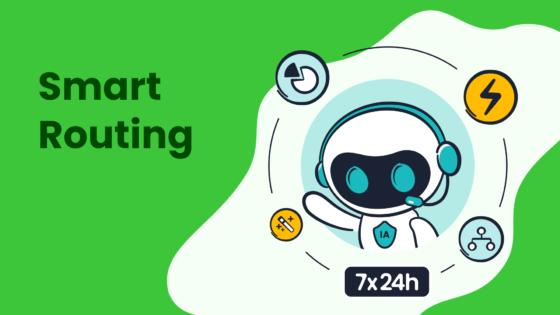
AI and automation are transforming customer service by simplifying workflows and reducing agent effort. Tools like AI-powered voicebots and real-time analytics platforms enable agents to focus on complex tasks while automation handles repetitive ones. For example, Sobot's Voice/Call Center uses intelligent call routing and AI-driven insights to streamline processes. These technologies enhance first response time by instantly connecting customers to the right agents, improving customer experience.
AI also enables real-time data analysis through technologies like stream processing and in-memory computing. This allows businesses to respond swiftly to customer needs, reducing delays and enhancing satisfaction. By 2025, AI will play an even greater role in creating seamless, low-effort interactions for both agents and customers.
Increased focus on agent well-being and efficiency
Companies are prioritizing agent well-being to improve efficiency and reduce turnover. Studies show that reducing agent effort directly boosts satisfaction and performance. A supportive work environment, combined with tools that simplify tasks, helps agents deliver better customer experiences. For instance, unified workspaces like those offered by Sobot consolidate information, reducing the time agents spend switching between systems. This focus on well-being not only enhances efficiency but also fosters long-term loyalty among employees.
Impact on customer satisfaction and loyalty
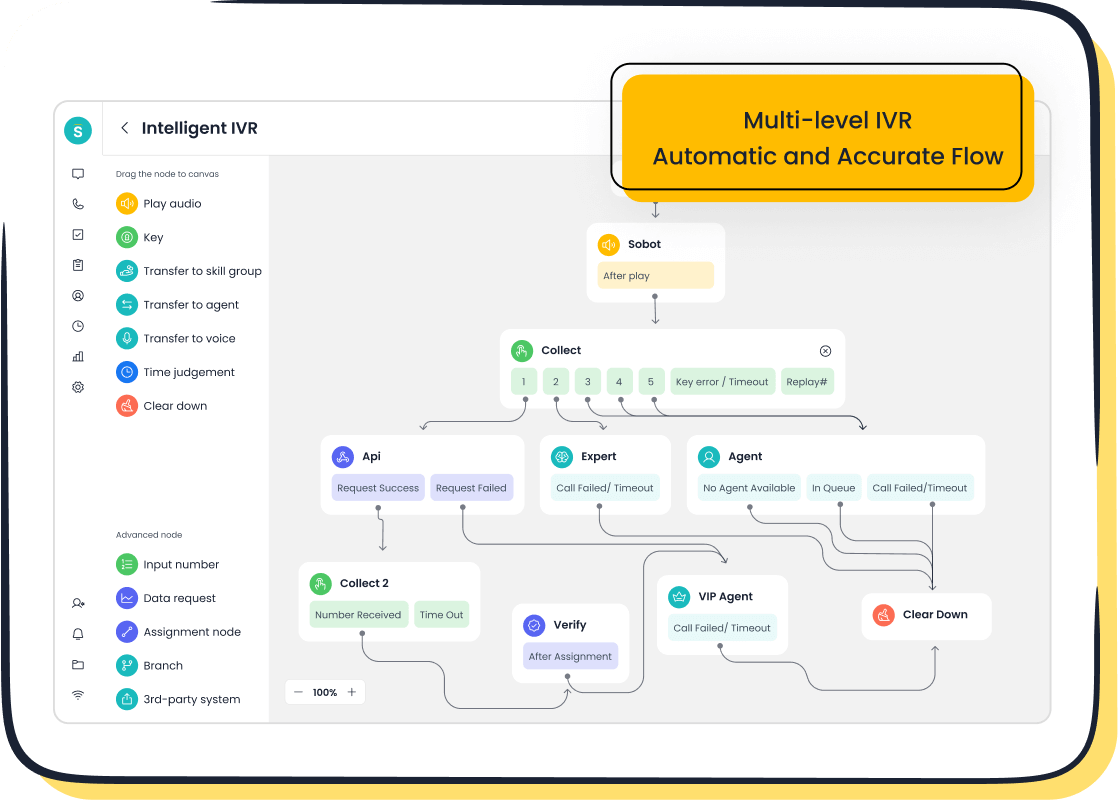
The link between AES and first-call resolution (FCR)
First-call resolution (FCR) is a critical metric for customer satisfaction. When agents resolve issues on the first attempt, customers perceive the service as efficient and reliable. A high AES supports FCR by equipping agents with the tools and information they need to address concerns quickly. Sobot's Voice/Call Center, for instance, integrates customer data into a unified platform, enabling agents to resolve issues faster. This reduces first response time and enhances customer experience, leading to higher satisfaction rates.
How AES drives long-term customer loyalty
A low-effort experience for agents translates to a smoother experience for customers. When agents can resolve issues efficiently, customers feel valued and are more likely to remain loyal. Research shows that 96% of customers who face high-effort interactions become disloyal, while low-effort experiences foster trust. By improving AES, you can create a positive cycle where satisfied agents deliver exceptional service, driving long-term loyalty.
Operational benefits of prioritizing AES
Reduced agent burnout and turnover
High agent effort often leads to burnout and increased turnover. Simplifying workflows and providing supportive tools can alleviate this. For example, cognitive technologies reduce effort by automating repetitive tasks and consolidating information. Companies that prioritize AES see lower turnover rates and improved team morale, which ultimately benefits customer satisfaction.
Enhanced team productivity and cost efficiency
Streamlined workflows not only improve productivity but also reduce operational costs. Strategies like Lean and Six Sigma help identify inefficiencies and optimize processes. The table below highlights some proven methods:
| Strategy | Impact on Agent Effort and Processes |
|---|---|
| Agile | Increases flexibility and responsiveness in workflows. |
| Business Process Improvement (BPI) | Streamlines processes by identifying inefficiencies. |
| Business Process Reengineering (BPR) | Redesigns workflows for significant improvements. |
| Lean | Reduces waste and enhances efficiency in processes. |
| Six Sigma | Improves quality and reduces defects in processes. |
| Cognitive Technology | Reduces agent effort by consolidating information and automating tasks. |
By adopting these strategies and leveraging tools like Sobot's Voice/Call Center, you can enhance productivity while maintaining cost efficiency. This ensures a better experience for both agents and customers.
Measuring Agent Effort Score Effectively
Key metrics for evaluating AES
Average handle time (AHT) and its role in AES
Average handle time (AHT) is a critical metric for assessing agent effort. It measures the time agents spend resolving customer issues, including talk time, hold time, and after-call work. A lower AHT often indicates streamlined workflows and efficient tools, which contribute to a higher Agent Effort Score. For example, Sobot's Voice/Call Center reduces AHT by integrating customer data into a unified workspace. This allows agents to access information quickly, improving their performance and enhancing customer satisfaction. Monitoring AHT helps you identify bottlenecks and optimize processes to improve agent efficiency.
Agent feedback and self-assessment surveys
Agent feedback provides valuable insights into the challenges agents face. Self-assessment surveys allow agents to evaluate their experiences, highlighting areas where they encounter difficulties. These surveys can reveal whether agents struggle with outdated systems, unclear workflows, or insufficient training. By addressing these issues, you can improve agent performance metrics and boost AES. Tools like Sobot's Voice/Call Center simplify this process by offering real-time data and analytics, helping you make informed decisions.
Tools and technologies for tracking AES
Leveraging Sobot's Voice/Call Center for real-time monitoring
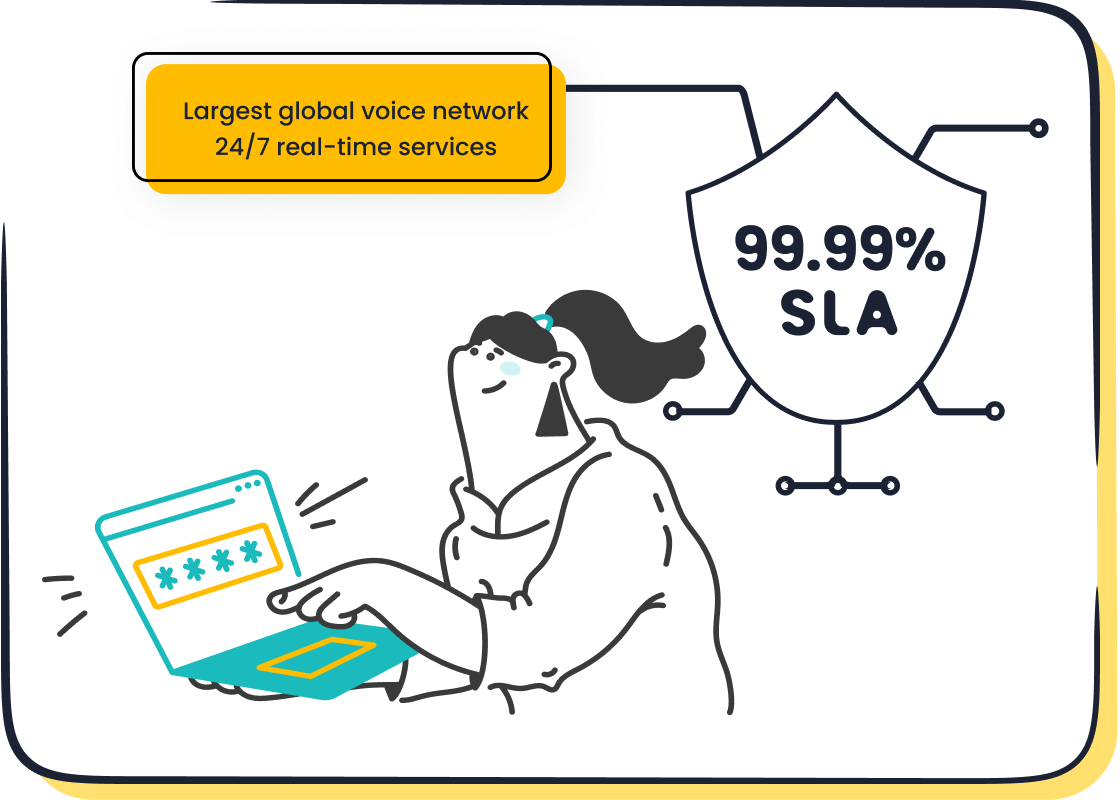
Sobot's Voice/Call Center offers advanced features for tracking AES. Real-time monitoring tools provide instant insights into agent performance metrics, such as AHT and first-call resolution rates. Intelligent call routing and AI-powered analytics streamline workflows, reducing agent effort. These features not only improve AES but also enhance customer satisfaction by ensuring efficient issue resolution. Learn more about Sobot's Voice/Call Center here.
AI-driven analytics platforms for actionable insights
AI-driven analytics platforms play a vital role in measuring AES. These tools analyze large volumes of data to identify patterns and inefficiencies. For instance, they can detect recurring issues that increase agent effort, such as frequent system downtimes or complex ticketing processes. By leveraging these insights, you can implement targeted improvements to enhance agent performance metrics. Sobot's AI-powered solutions offer actionable insights, enabling you to create a more efficient support environment.
Real-world examples of AES measurement
Case study: Weee! and Sobot's Voice/Call Center
Weee!, an online Asian supermarket, improved its AES by implementing Sobot's Voice/Call Center. The platform's flexible IVR system and unified workspace reduced agent effort, increasing efficiency by 20%. Resolution times dropped by 50%, and customer satisfaction reached 96%. This case highlights how effective tools can transform agent performance metrics and improve AES. Read the full story here.
Overcoming challenges in measuring AES
Measuring AES can be challenging due to fragmented data and inconsistent metrics. Unified platforms like Sobot's Voice/Call Center address these issues by consolidating information and providing real-time analytics. These tools simplify the measurement process, ensuring accurate and actionable insights. By overcoming these challenges, you can optimize agent workflows and enhance both AES and customer satisfaction.
Strategies to Improve Agent Effort Score
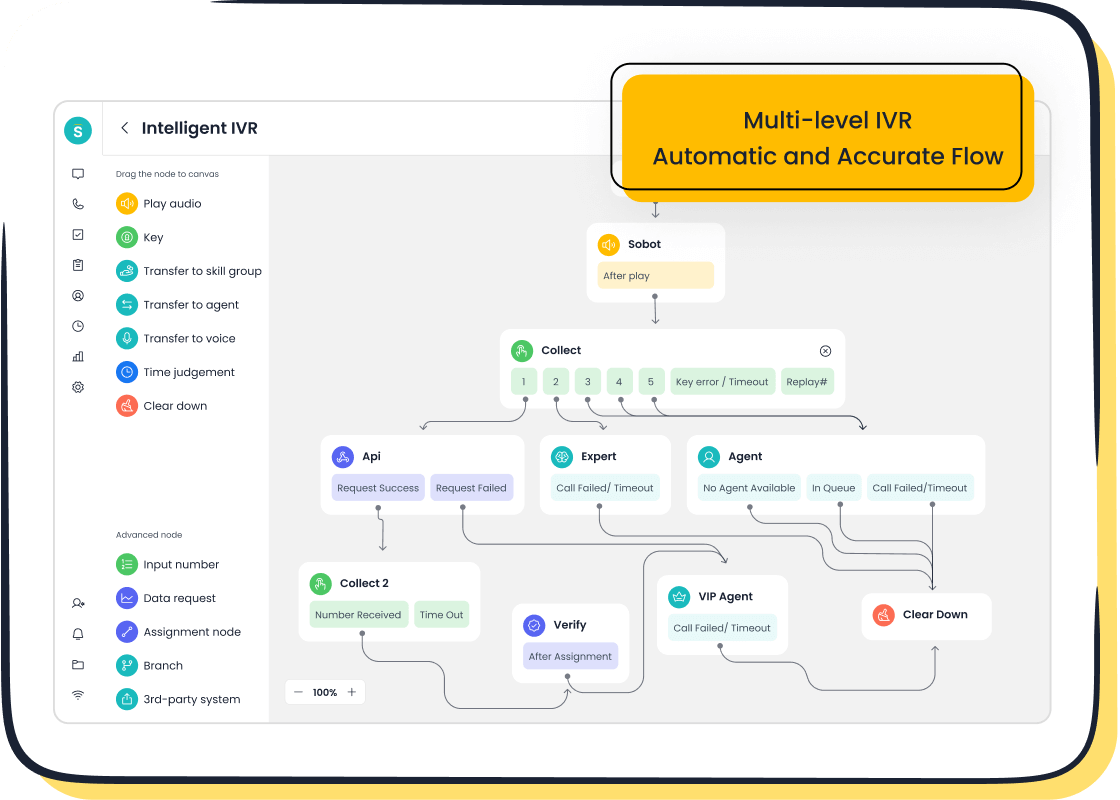
Leveraging technology to reduce agent effort
Implementing AI-powered tools like Sobot's Voice/Call Center
AI-powered tools simplify tasks and reduce the effort agents expend during customer interactions. For example, Sobot's Voice/Call Center offers features like intelligent call routing and AI-driven analytics. These tools ensure that customers connect with the right agent instantly, minimizing delays. The platform also integrates customer data into a unified workspace, allowing agents to access information without switching systems.
This streamlined approach reduces average handle time (AHT) and improves first-call resolution (FCR) rates. A study by McKinsey found that AI tools can boost agent productivity by up to 40%. By adopting solutions like Sobot's Voice/Call Center, you can empower your team to work more efficiently while enhancing customer satisfaction. Learn more about Sobot's AI capabilities here.
Automating repetitive tasks to free up agent time
Automation eliminates repetitive tasks, enabling agents to focus on complex customer issues. For instance, Sobot's Voice/Call Center automates outbound calls and integrates workflows, reducing manual effort. Features like AI-powered voicebots handle routine inquiries, such as order tracking or FAQs, without agent intervention.
This approach not only saves time but also reduces agent burnout. According to Deloitte, automation can cut repetitive tasks by 20%, improving overall efficiency. By automating these processes, you create a more productive and satisfied workforce.
Enhancing agent training and support
Providing ongoing skill development programs
Continuous training equips agents with the skills needed to handle diverse customer scenarios. Regular workshops and e-learning modules can improve problem-solving abilities and product knowledge. For example, companies using Sobot's solutions often pair them with training programs to maximize their effectiveness.
Investing in skill development boosts agent confidence and performance. A Gallup report revealed that well-trained employees are 21% more productive. By prioritizing training, you can enhance both AES and customer satisfaction.
Offering real-time guidance and knowledge bases
Real-time guidance tools provide agents with instant access to information during calls. Sobot's unified workspace includes a knowledge base that simplifies this process. Agents can quickly find answers, reducing effort and improving response times.
This feature ensures consistent service quality. Research shows that 89% of customers value quick and accurate responses. By offering real-time support, you empower agents to deliver exceptional service.
Optimizing workflows and processes
Streamlining ticket routing and escalation
Efficient ticket routing ensures that customer issues reach the right agent or department. Sobot's Voice/Call Center uses rule-based routing to automate this process. This reduces delays and prevents agents from handling tasks outside their expertise.
Streamlined routing improves resolution times and reduces agent frustration. A study by Forrester found that optimized workflows can enhance productivity by 30%. By implementing these strategies, you can improve AES and overall service quality.
Reducing unnecessary steps in issue resolution
Simplifying workflows eliminates redundant steps, making issue resolution faster. For example, Sobot's integrated platform consolidates customer data, reducing the need for agents to switch between systems.
This approach minimizes errors and enhances efficiency. According to Gartner, businesses that simplify processes see a 20% increase in customer satisfaction. By focusing on workflow optimization, you can create a seamless experience for both agents and customers.
Fostering a supportive work environment
Encouraging open communication and feedback
Creating an environment where agents feel heard improves their performance and satisfaction. Open communication allows agents to share challenges and suggest solutions, which helps you identify and address inefficiencies. For example, regular team meetings or one-on-one sessions can provide a platform for agents to voice their concerns.
Feedback is equally important. When you provide constructive feedback, agents understand how to improve their performance. Similarly, collecting feedback from agents helps you uncover obstacles that impact the Agent Effort Score (AES). Tools like Sobot's Voice/Call Center simplify this process by offering real-time analytics and insights. These features allow you to monitor agent performance and identify areas for improvement.
A Gallup study revealed that employees who feel heard are 4.6 times more likely to perform their best. By fostering open communication, you can enhance AES and create a more engaged workforce.
Recognizing and rewarding agent performance
Acknowledging agents for their hard work boosts morale and motivates them to excel. Recognition can take many forms, such as verbal praise, awards, or performance-based incentives. For instance, you could reward agents who achieve high first-call resolution rates or improve their AES.
Sobot's Voice/Call Center provides detailed performance metrics, making it easier to identify top-performing agents. These insights allow you to create fair and transparent reward systems. A study by SHRM found that 79% of employees feel more productive when their efforts are recognized.
Recognition also fosters a positive work culture. When agents see their contributions valued, they feel more connected to their roles. This reduces turnover and improves overall team efficiency, ultimately benefiting both agents and customers.
The Future of Agent Effort Score in Customer Service
Trends shaping AES in 2025
Integration of predictive analytics for proactive support
Predictive analytics is revolutionizing how you approach customer service. By analyzing historical data, predictive tools can anticipate customer needs and equip agents with actionable insights before interactions even begin. For example, if a customer frequently contacts support about delivery delays, predictive systems can flag this pattern. Agents can then proactively address the issue, reducing effort for both parties.
Sobot's Voice/Call Center integrates AI-driven analytics to provide real-time insights. These tools help agents resolve issues faster and improve first-call resolution rates. Predictive analytics not only enhances agent efficiency but also creates a smoother customer experience. According to a report by MarketsandMarkets, the predictive analytics market is expected to grow to $28.1 billion by 2026, highlighting its increasing importance in customer service.
The role of personalization in reducing agent effort
Personalization simplifies interactions by tailoring solutions to individual customer needs. When agents have access to detailed customer profiles, they can provide faster and more accurate resolutions. For instance, Sobot's unified workspace consolidates customer data, enabling agents to deliver personalized support without switching between systems.
This approach reduces average handle time and enhances the overall customer experience. A study by Epsilon found that 80% of customers are more likely to engage with brands offering personalized experiences. By leveraging personalization, you can reduce agent effort while fostering stronger customer relationships.
Long-term benefits of prioritizing AES
Building a resilient and efficient customer service team
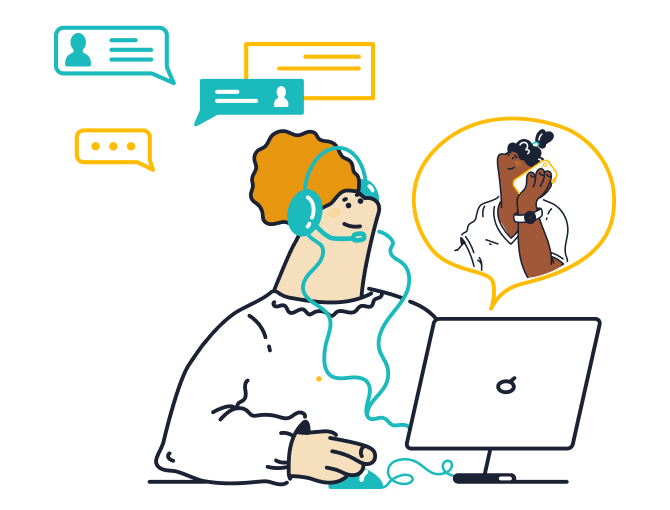
Focusing on AES helps you create a team that thrives under pressure. Simplified workflows and supportive tools reduce burnout, allowing agents to perform at their best. Sobot's Voice/Call Center, with features like intelligent call routing and real-time monitoring, equips your team to handle challenges efficiently.
A resilient team not only improves service quality but also adapts quickly to evolving customer needs. This adaptability ensures your business remains competitive in the dynamic landscape of customer service.
Strengthening customer relationships and loyalty
When agents work efficiently, customers notice. Low-effort interactions build trust and encourage repeat business. Research by Gartner shows that 94% of customers who experience low-effort service are likely to repurchase.
By prioritizing AES, you create a positive cycle. Satisfied agents deliver exceptional service, which strengthens customer relationships. Tools like Sobot's Voice/Call Center play a crucial role in achieving this, ensuring both agents and customers benefit from seamless interactions.
Understanding and improving Agent Effort Score (AES) is essential for achieving customer service success in 2025. A high AES empowers agents to work efficiently, leading to better customer satisfaction and loyalty. For example, businesses using tools like Sobot's Voice/Call Center have seen significant improvements in first-call resolution rates and reduced average handle time.
Prioritizing AES enhances agent performance, streamlines workflows, and reduces operational costs. By adopting AES-focused strategies and leveraging advanced solutions like Sobot's AI-powered platform, you can stay competitive in the evolving customer service landscape. Start transforming your support operations today!
FAQ
What is the difference between Agent Effort Score (AES) and Customer Effort Score (CES)?
AES measures the effort agents expend during customer interactions, while CES evaluates the effort customers experience when resolving issues. AES focuses on improving agent workflows, whereas CES aims to enhance the overall customer journey map by reducing friction for customers.
How does AES impact the customer interaction process?
A high AES ensures agents work efficiently, leading to smoother customer interactions. For example, tools like Sobot's Voice/Call Center streamline workflows, enabling agents to resolve issues faster. This efficiency improves the customer experience and fosters loyalty.
Can AES help reduce operational costs?
Yes, optimizing AES reduces inefficiencies, which lowers costs. Streamlined workflows and automation, such as those offered by Sobot's solutions, minimize repetitive tasks. This approach enhances productivity and reduces expenses associated with agent turnover or prolonged issue resolution.
How do you measure AES effectively?
You can measure AES using metrics like average handle time and first-call resolution rates. Tools like Sobot's Voice/Call Center provide real-time analytics, helping you track these metrics and identify areas for improvement.
Why is AES critical for creating a customer journey map?
AES highlights inefficiencies in agent workflows, which directly affect the customer journey. By improving AES, you ensure agents deliver seamless support, enhancing the overall customer experience. This insight helps you design a more effective customer journey map.
See Also
Exploring AI Solutions for Enterprise Call Centers
Best 10 Speech Analytics Tools for Call Centers This Year
Leading 10 Analytics Software for Call Centers in 2024